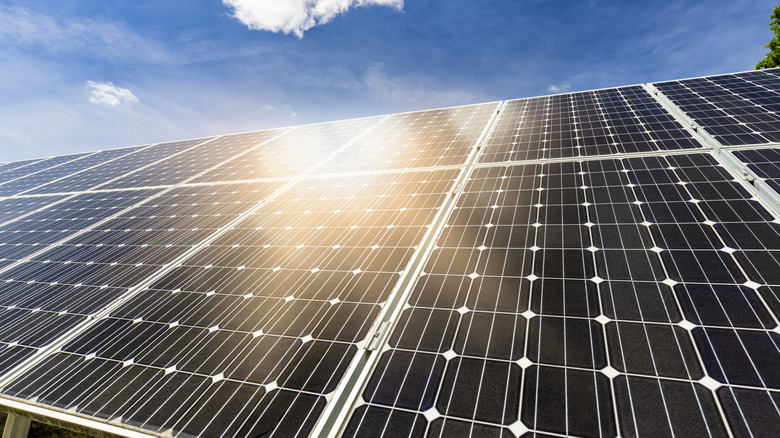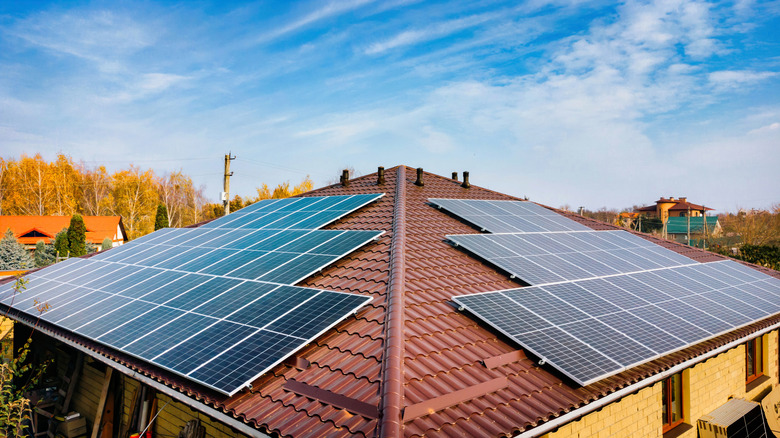What Are The Grid Lines On Solar Panels For?
Look closely at a solar panel, and you'll see a series of thin metallic lines running across the surface. They're not there to look nice — they have a specific purpose. Those lines are called the grid lines, and they're actually doing some serious work to light your house and keep you cool during the summer. The grid lines are essential for the panels to generate usable electricity, and without them, your panel would be little more than a glorified sunlight absorber.
Grid lines are carefully engineered to collect and move the electricity generated by each solar cell. They gather the electric current and guide it toward your home's inverter, essentially acting as the wiring that makes solar power systems function smoothly. Even though they only take up a small portion of the panel's surface, they play one of the biggest roles in how it works. If you're planning to invest in solar energy, understanding grid lines can help you make a smarter choice, especially when comparing different types of panels for your property.
How grid lines work on solar panels
The grid you see on a solar panel is made up of three elements: fingers, busbars, and gaps. The fingers are ultra-thin, metallic lines — often made from silver or aluminum — spread across the surface of each solar cell. Their job is to collect the DC (direct current) electricity as sunlight hits the cell. This current then flows into the busbars, which run perpendicular to the fingers, and from there, it's sent to the inverter, where it is converted into AC (alternating current) for household use.
This network of conductors allows the solar panel to efficiently gather and move electricity. Without grid lines, the power generated by the cells would have no pathway to exit the panel. But why are the grid lines designed to be thin? This is done intentionally so they don't block too much sunlight. Their placement is also strategic, balancing current collection with minimal shading, which helps maximize the panel's overall energy output. Interestingly, as solar panel technology has evolved over the years, so has the design of these grid lines.
Grid lines affect both performance and appearance
Beyond function, grid lines also influence the look and feel of a solar installation. For instance, the panels with a white backsheet make the gap lines and metal grids more visible. By contrast, all-black solar panels use black backings to hide the gaps and grid lines for a better rooftop appearance. While these black panels are easier on the eyes, they tend to run slightly hotter and may be a bit less efficient. Still, many homeowners are willing to trade a bit of performance for a cleaner, more uniform look, especially on visible rooftops.
Grid lines also play a key role in the panel's strength and durability. In addition to conducting current, grid lines help distribute physical stress across the surface, which reduces the chance of solar panels breaking or getting damaged from pressure or heat. Additionally, the small gaps between solar cells give each cell room to expand and contract as temperatures change. This flexibility helps prevent early wear and keeps the panel performing well, even in tough weather.


